Get Into “ElkShape”
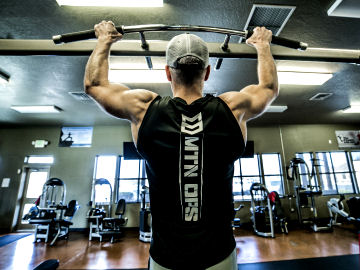
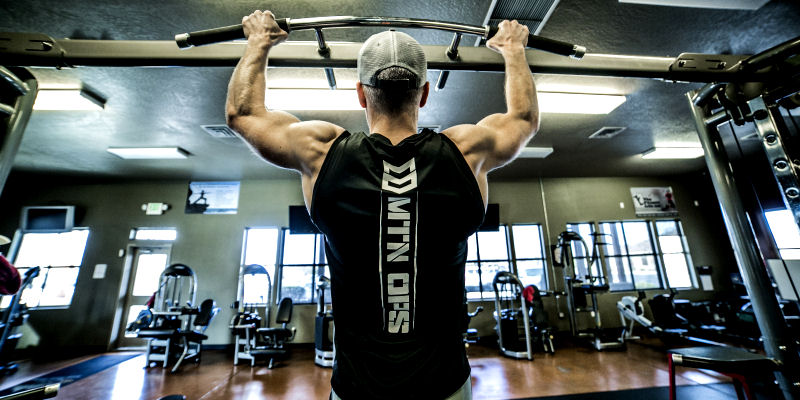
Elk101.com recently conducted an Elk Hunter Success Survey where elk hunters were asked to rank 10 factors from 1 to 10 (1=Most important, 10=Least important) in the order that they felt these factors contributed to their success. In the order they were ranked by consistently successful elk hunters, these were the factors:
- Elk Hunting Knowledge
- Locating Elk
- Planning Your Hunt
- Scouting
- Making the Shot (Your Weapon)
- Physical Conditioning
- Tracking
- Using Elk Calls / Calling Elk
- Gear
- Setting Up on Elk
Interestingly, physical conditioning ranked 6th on the list in order of importance.
The purpose of this article is not to convince my fellow elk hunters what attribute makes the most difference in consistently harvesting an elk. However, I do feel that physical conditioning should be much higher on this list.
Elk hunting can be very physically demanding. Most elk live in rugged, mountainous terrain and it usually requires a significant amount of physical exertion to find and pursue them. Not to mention, the daunting task of butchering and hauling them out of the woods is a physical task all in itself. Because of this, an emphasis of strengthening your legs and cardiovascular capacity should be a primary focus for preparing for elk hunting.
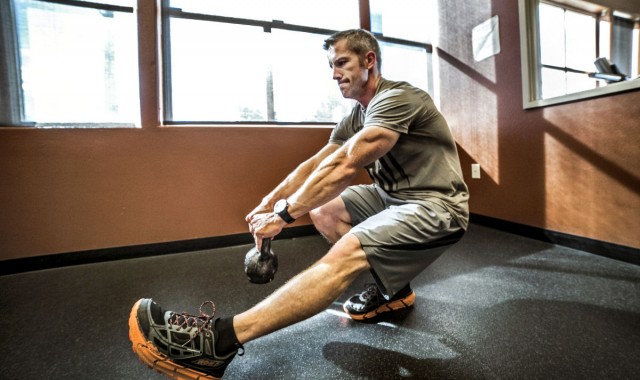 As a football player and wrestler in high school, I started regular workout routines during my teenage years and developed good habits that have stuck with me my whole life. Over the years, my conditioning regimen has changed, but my desire to be in the best shape possible hasn’t. Getting into the best shape possible, for the September elk hunt, is my primary motivation and something I work really hard at. Elk101.com has teamed up with MTN OPS and the RMEF in rolling out a platform for elk hunting fitness referred to as “ElkShape”.
As a football player and wrestler in high school, I started regular workout routines during my teenage years and developed good habits that have stuck with me my whole life. Over the years, my conditioning regimen has changed, but my desire to be in the best shape possible hasn’t. Getting into the best shape possible, for the September elk hunt, is my primary motivation and something I work really hard at. Elk101.com has teamed up with MTN OPS and the RMEF in rolling out a platform for elk hunting fitness referred to as “ElkShape”.
I realize that the definition of ElkShape will not be the same for everyone. Elk hunters come in all shapes, sizes, and abilities, so there is not a one-size-fits-all conditioning program that will meet everyone’s needs. The key is to start at whatever level you are at and commit to be in the best ElkShape you can get into by September.
For some this may be walking around the neighborhood everyday until you can eventually strap some weight on your back and work your way to more hilly terrain. For others, you may already have a great conditioning foundation and you are looking for ways to build upon it.
You may have either seen through social media or on the Elk101.com website, an initiative being rolled out right now called #PROJECTSUCCESS. One of the content areas of #PROJECTSUCCESS is physical conditioning. Keep a look out for more detailed and specific workout regimens that can be applied to help you get into ElkShape in the near future. We are really excited about this content and hope it will be very beneficial for our fellow elk hunters.
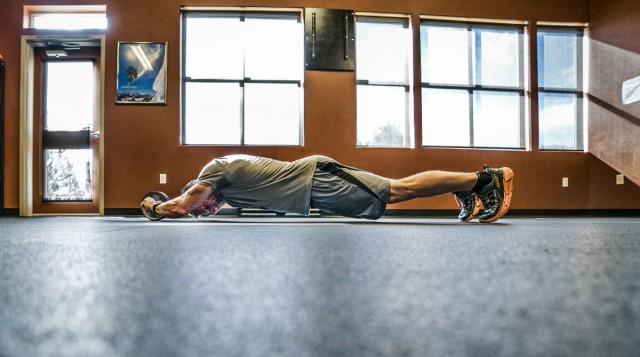 My personal style of getting ready for the elk hunt follows a traditional routine. I hit the gym 3 days a week and do a cardio exercise on the other 3 alternate days. Sunday is a recovery day.
My personal style of getting ready for the elk hunt follows a traditional routine. I hit the gym 3 days a week and do a cardio exercise on the other 3 alternate days. Sunday is a recovery day.
The 3 days I spend in the gym are centered on full body workouts that focus on four categories of major muscle groups. Like I mentioned in the beginning, I believe the most important muscle group is Legs (Quads, Hamstrings, Calves). The other muscle groups I focus on include: Core (Abs, Hips), Chest/Arms (Chest, Biceps, Triceps) and, Back/Shoulders (Lats, Delts, Lumbar).
I love to superset my workouts, which introduces a cardio element into all of my workouts. For example, on a leg day, I will do a superset of 3 exercises (20 traditional squats, 20 box jumps, and 15 pull ups) without resting. Once I complete the superset, I will rest 30 seconds before doing my next set. I will do 3 sets of this sequence of exercises. I will do this same sequence for each of the 4 muscle group categories. My complete workout takes 1 hour, so each of these superset sequences takes about 15 minutes. Doing it this way builds endurance within each muscle group and cardio capacity. We are currently working on documenting this exact workout routine with video for Elk101.com, and I’m excited to share those in the near future.

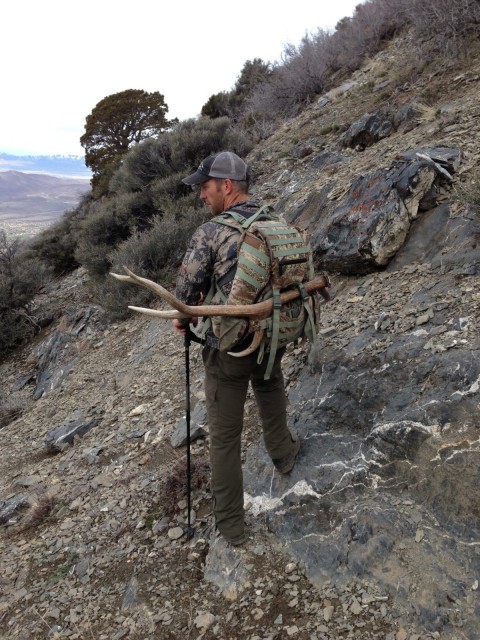 My go-to cardio exercises will vary depending on the season. I feel like I get the most benefit for the time spent with biking, hiking, and high intensity interval training (HIT). For me, the key with cardio training is mixing it up so it doesn’t get boring. During the winter months, I spend a lot of time on my snow bike (Fat Bike) or snowshoeing up and down the mountain. As the weather warms up, I throw on a pack and start climbing the hills looking for shed antlers. Once the snow is gone, I mountain bike several days a week. By the end of July, I start tapering off on the mountain biking and start serious scouting for the upcoming season. This means lots of hiking, glassing, and setting up trail cameras. By the end of August, it is go-time and I am officially in ElkShape.
My go-to cardio exercises will vary depending on the season. I feel like I get the most benefit for the time spent with biking, hiking, and high intensity interval training (HIT). For me, the key with cardio training is mixing it up so it doesn’t get boring. During the winter months, I spend a lot of time on my snow bike (Fat Bike) or snowshoeing up and down the mountain. As the weather warms up, I throw on a pack and start climbing the hills looking for shed antlers. Once the snow is gone, I mountain bike several days a week. By the end of July, I start tapering off on the mountain biking and start serious scouting for the upcoming season. This means lots of hiking, glassing, and setting up trail cameras. By the end of August, it is go-time and I am officially in ElkShape.
Putting in this effort now will pay huge dividends on your elk hunt this fall. Getting in ElkShape will allow you to hunt harder and get further into elk country which usually equates to less hunting pressure. Combine this with the other factors that were listed as key success factors at the beginning of this article, and you will have all the ingredience necessary to notch your tag this fall. And don’t forget to practice, practice, practice with your weapon of choice so you can make the shot count at crunch time. A freezer full of delicious elk meat should be enough motivation to get off the couch and get into ElkShape now.

